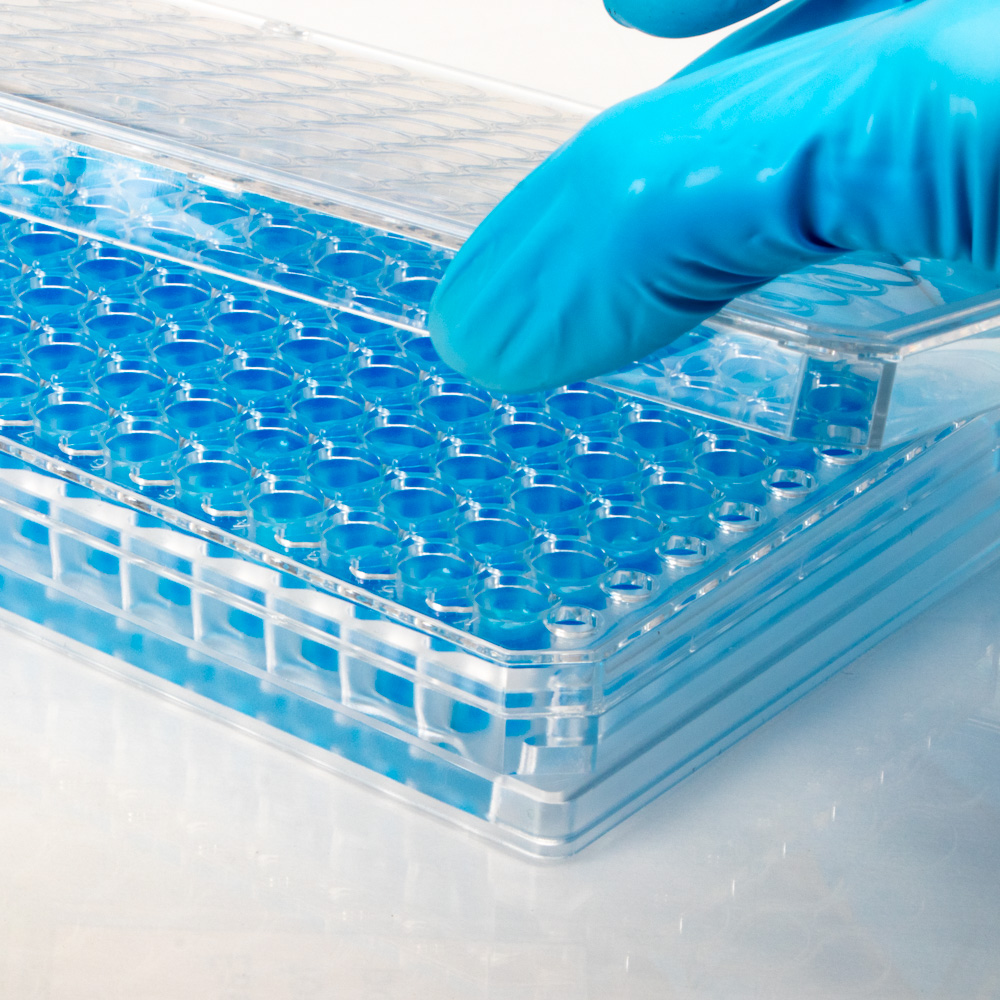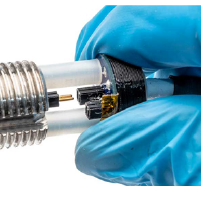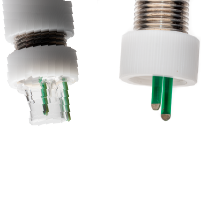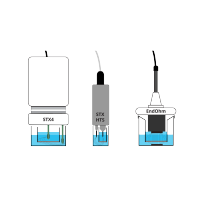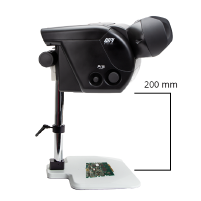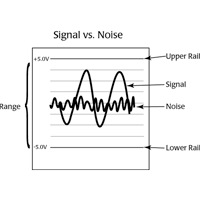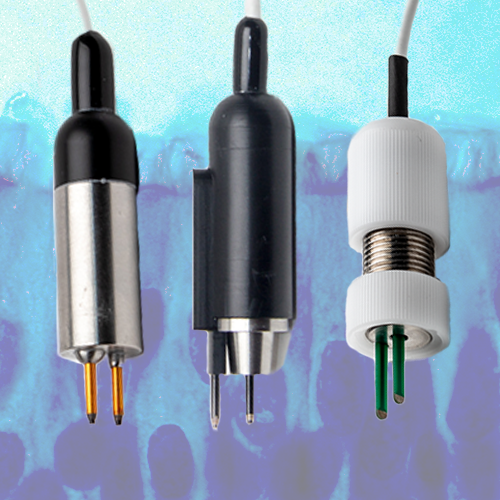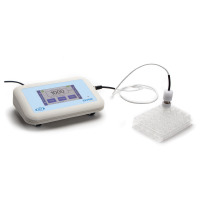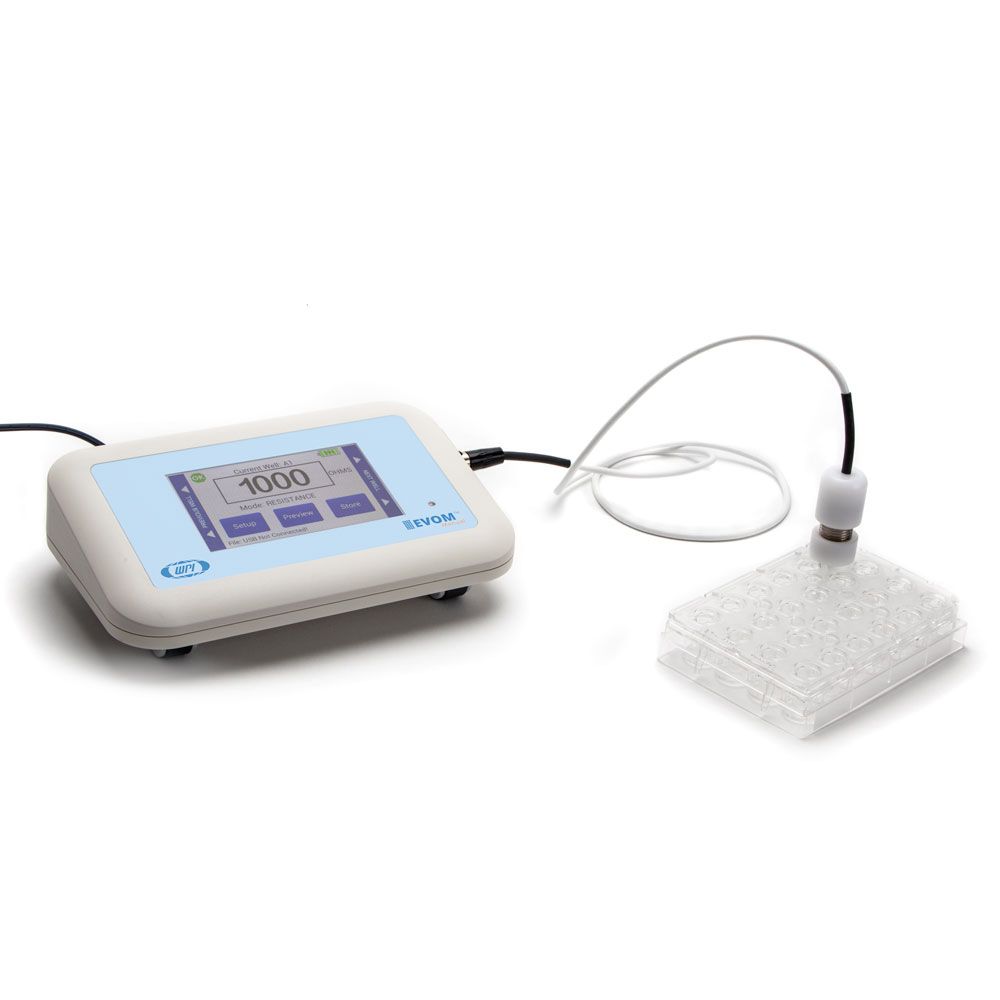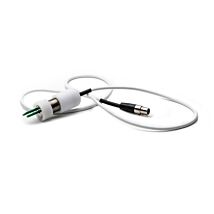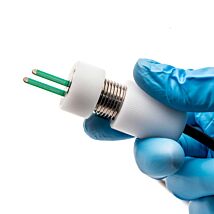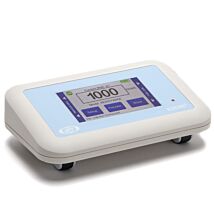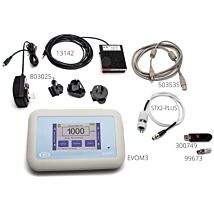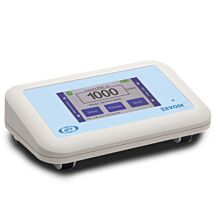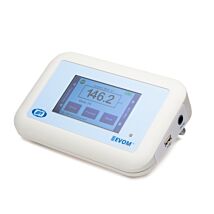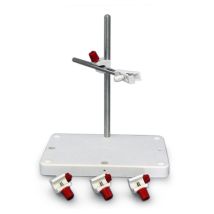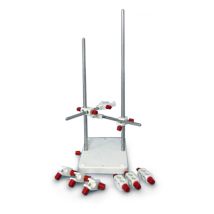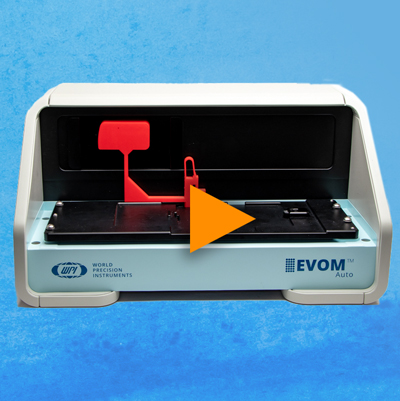This website uses cookies to ensure you get the best experience on our website.
Read more
VIDEO: 7 Reasons to Upgrade Your EVOM Electrodes
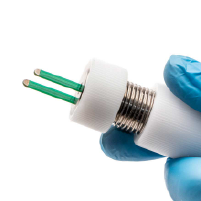
The STX4 electrode is the newest, most innovative electrode for your EVOM. It facilitates measurements of voltage (potential difference: PD) and resistance (transepithelial electrical resistance: TEER) of cultured epithelia (cellular layer) grown onto permeable membrane inserts in 12- and 24-well tissue culture plates. The STX4 can measure directly inside 12- and 24-well inserts inside well plates. Here are seven reasons you should consider upgrading your chopstick-style electrodes for your EVOM2 today.
Eliminating positioning variability improves your measurement precision
The electrode has improved measurement precision since it mitigates or minimizes the variabilities contributed by the electrode positioning, as seen with the STX2 and STX3 electrodes. The STX4’s electrode design allows you to set the correct depth and keep the electrode vertical and centered on top of a 24-well transwell. Once the electrode is placed securely, and the electrode movement ceases, a stable reading can be obtained with the EVOM, negating any need to take multiple measurements. Once the electrode’s working depth has been set, use the same depth across all samples to compare results among the sample set. The electrode blades no longer need to be inserted at an angle, eliminating any possibility of introducing errors associated with angle variance during measurement. The STX4 electrode placement is stable and repeatable, as compared to the STX2 electrode.


Balanced electrode means hands-free operation
The STX4 electrode design allows the electrode to hang vertically on top of the 24-well hanging transwells and does not need to be handheld. Insert the outer (longer) electrode into the basal access (well of the well plate) and the shorter one on top of the membrane. Center the lower length adjustment ring onto the upper edge of the insert and let the electrode stand on its own.


New coating requires NO chloriding
The electrode tip is specially coated and does not need to be chlorided with bleach or sodium hypochlorite for proper functioning, and it is not affected by chloriding either. Chloriding was critical for the previous models (STX2-PLUS, STX2 and STX3 electrodes) to maintain their functionality.
Shorter tips require less liquid volume
The electrode tip (active sensing area) of the STX4 is shorter than the STX2-PLUS tip. Therefore, it requires less liquid volume than the STX2-PLUS to keep the electrode tips immersed and able to provide stable readouts. You can use less media when making measurements.
Replaceable blades make the electrodes more cost-effective
Over a period of use (after months or years) when the electrodes may have formed deposits from media or samples and may start showing reading instability, you may change the blades without having to replace the entire electrode.
The shielded cable minimizes electrical interference
This STX4 electrode has a shielded cable, which eliminates or minimizes any interference (from electrical sources or cell phones) affecting the TEER measurement read outs.
Compatible with the EVOM2 using adapter
Increase your TEER measurement precision with the older EVOM2 by swapping out the STX2 or STX3 with the new STX4. Plug the STX4 into the EVM-AC-02-01-01 cable to use the electrode with an EVOM2. The EVM-AC-02-01-01 cable is sold separately.
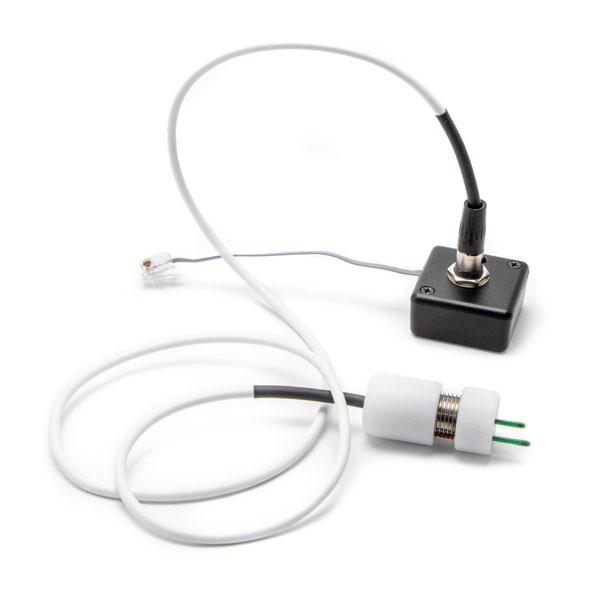


Close


